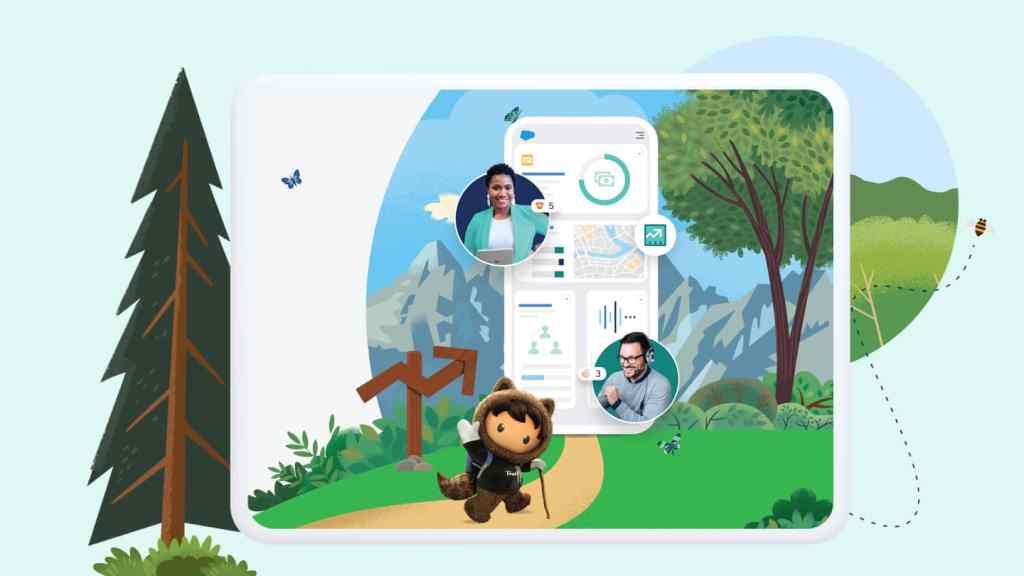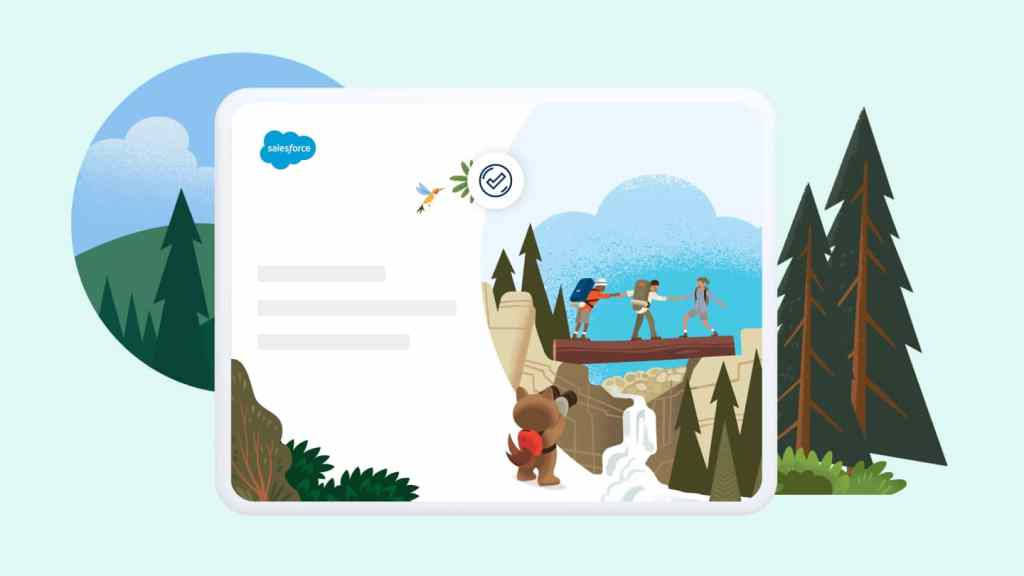

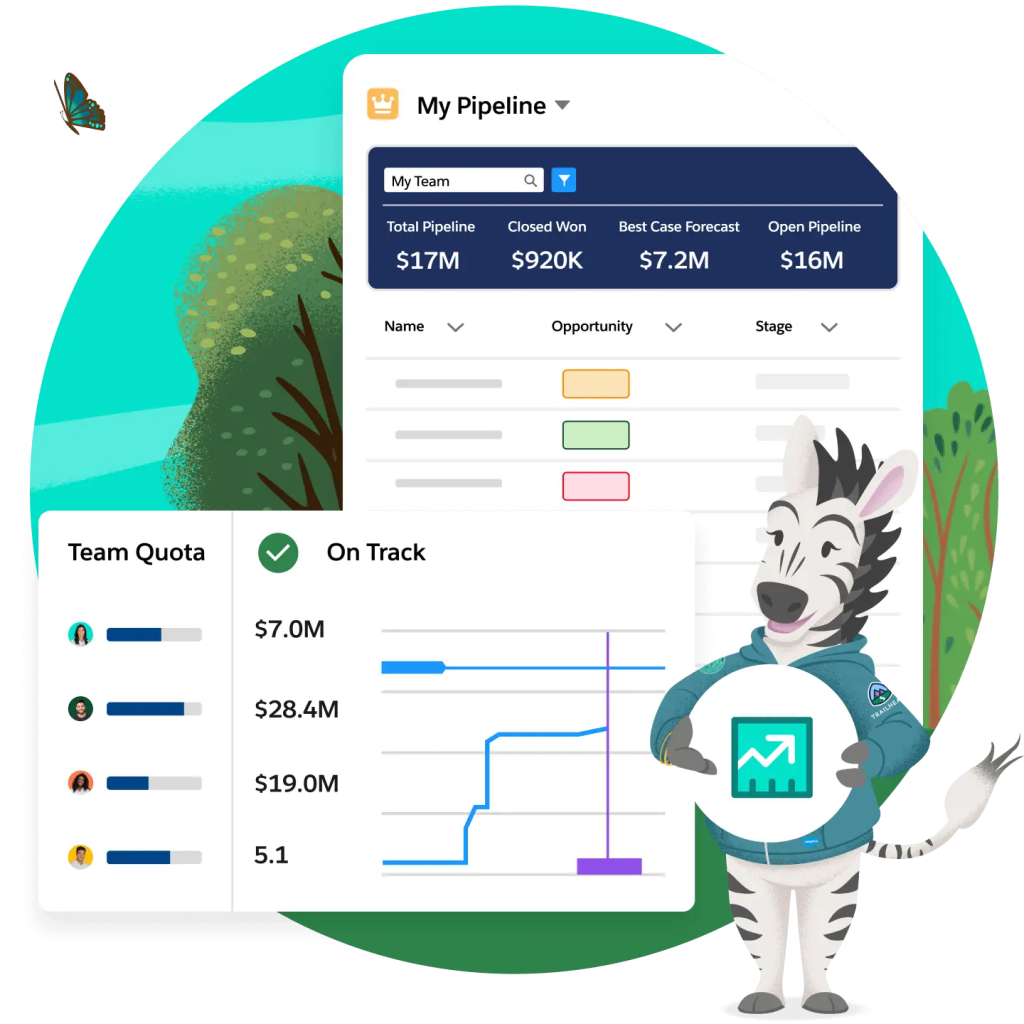
5 Sales Forecasting Techniques That Fuel Growth
A sales leader shares his secrets for creating forecasts that live up to their promise. Don’t plan for “when” or “how much” until you read these tips.


By: Andy Kofoid
President, Global Field Operations at Databricks
July 12, 2023 | 6 min read
In my 20-plus years as a sales leader, my goal has always been to create sales forecasts that are so accurate they astound the C-suite. That’s really the goal of every sales leader — we want to use sales-forecasting techniques like a meteorologist uses climate signals to accurately predict the weather. Then, when we say it’s going to be sunny, we know it will be. It all comes down to answering two basic questions: How much will we sell? And when?
When we’re right, we’re living the dream: predictable revenue that shows consistent growth and reveals the future of your business. But getting there isn’t easy. It’s taken me a lot of trial and error to figure it out. Below I share five forecasting tips I wish I’d known sooner.
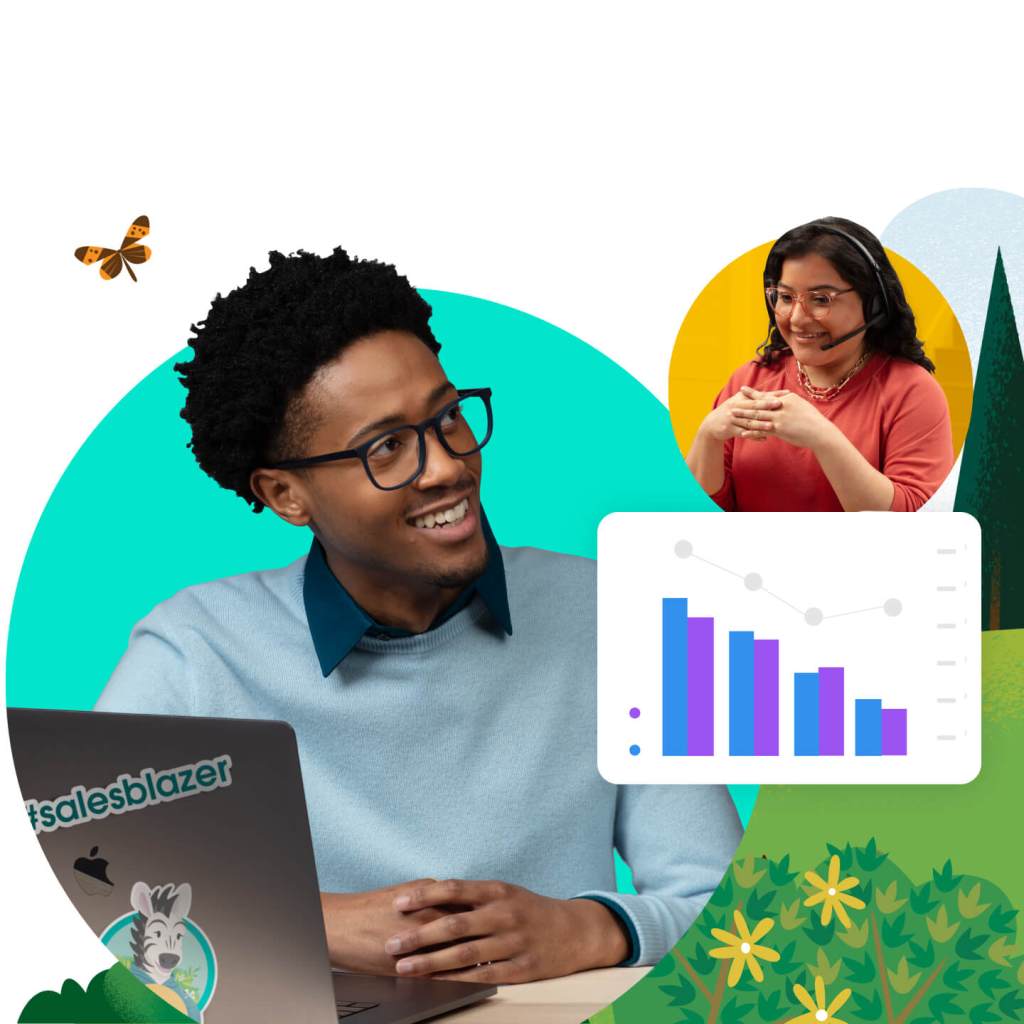
Hit your forecast with real-time pipeline insights
What could you do with AI-powered insights at your fingertips? Sell smarter, take action, and hit your forecasts.
1. Decide which deals to include in your forecast
The answers to “how much” and “when” are found in individual deals — the likely revenue of a given deal, and when that revenue will hit. But those questions come at the end of the forecasting process. To see if my deals are even worth including in a forecast, I analyze the health of each one by answering three questions: who, what, and why.
- Who? Sales comes down to whether people buy, so begin your sales forecast with the people in your pipeline. List the stakeholders you’re talking to in every deal, and determine whether you have key decision-makers involved. If you do, then count the deal as part of your forecast. If you don’t, keep working on looping in someone with purchasing power.
- What? What products are you selling? Your sales forecast should count only deals that have a strong product-customer fit, because deals that don’t are not likely to close. Take the ones that do and roll them up to your forecast.
- Why? Identify whether the prospect feels a strong need for your product. If they don’t, the deal will probably stall. This need can take many forms: Maybe there’s an external factor, like an event, that will make them sign on the dotted line, or maybe you’ve done a good job convincing them to switch to your solution in order to save costs, reduce risk, or support a strategic goal.
“When I was a sales leader, I had to figure out whether the deals in my pipeline were nothing more than hopes and dreams,” said Nikki Ivey, senior strategic account broker at OppGen and former chief revenue officer at Inclusivv. “Looking at our pipeline with a critical eye is scary, but forecasting is about accuracy, not aspiration.”
2. Use negative forecasting to understand risk
You can also use forecasts to assess current risk to your business. This is called negative forecasting. For example, one of our customers sells to manufacturing businesses. Some of the businesses in this industry have struggled with supply chain challenges and new regulations, and are cutting budgets as a result. So, our customer added a Budget Cuts field in their customer relationship management (CRM) software to tag deals connected to these businesses.
Now, sales leaders at this company can quickly spot which deals need extra attention, and expedite them to stay on the forecast course. Another benefit: The company has a clearer view of how this potential risk may affect their numbers.
Your forecast can change in a flash, and negative forecasting is useful for studying the impact of the unexpected and adapting to it (think extreme weather, economic crisis, or global unrest).
3. Create forecasts the entire company can use
When I started out in sales, I knew I had to turn in accurate forecasts to make my sales leaders happy. Now that I’ve grown in my career, I’ve learned that every department relies on sales forecasts.
I encourage my sellers to communicate regularly about sales forecasts to every team in the company, whether it’s through periodic leadership syncs or sharing documentation of plans and commitments with internal stakeholders, like finance and marketing reps.
“Forecasting is not just about getting the revenue in. It’s about seeing the bigger picture and predicting the future state of the company,” said Lizanne Kiel, executive vice president of SMB sales at Salesforce. “For example, the amount of growth you’re predicting means human resources will commit to a certain hiring strategy. Product managers will commit to building a certain number of products. Marketers will set new budgets to support the trajectory.”

Get the latest sales tips delivered to your inbox.
Sign up for the Salesblazer Highlights newsletter to get the latest sales news, insights, and best practices selected just for you.
4. Stop going with your gut and lean on the data
“Sales is an art and a science,” said Dave Borrelli, senior vice president of sales at Salesforce. “But we actually need a lot more science.” Put another way: We need reliable numbers, not guesswork, to fuel accurate forecasts. If you forget all the sales forecasting techniques but one, it should be this: Listen to the data.
Reps need opportunity data to map out the best path for closing deals. Managers need dashboards that show which reps are on track to beat their targets, and which reps need coaching to stay on track. Finally, sales leaders need to visualize data from around the company to spot problem areas and adjust the strategy to stay on course.
Your team can rely on data only if it’s rock solid. That’s where building a data culture comes in. When it comes to data, here’s my guidance: If there isn’t a record of it, it doesn’t exist. When you focus on documenting the status of your deals and customers, you can answer those critical questions from before: who, what, and why? How much and when? This makes your sales forecasts that much more accurate.
5. Use technology like AI to make better predictions and take action
I wish I’d leaned on technology sooner. The old back-of-the-napkin tricks and predictions from the most confident sales rep can’t hold a candle to today’s sales forecasting tech. AI, in particular, is reaching a tipping point. High performers are almost twice as likely to use AI as underperformers, according to the 2023 State of Sales Report.
That’s why I’m leaning into AI these days. You’ll see two primary kinds of AI in sales: predictive AI (which creates predictions based on patterns in existing data) and generative AI (which uses data to create new content, like emails). Forecasting benefits primarily from predictive AI.
I recommend using a CRM with built-in predictive AI so you don’t have to juggle extra tools. The best sales AI software shows you, via real-time dashboards, where in the sales process deals are likely to stall, and when revenue will be at risk. AI can also digest conversations from sales calls and identify trending topics, like competitor mentions or pricing objections. These insights give you a better sense of which deals will close, and when, improving forecast accuracy.
Leaning on technology lets me go from merely predicting the weather to changing the weather. It also helps me avoid human error — a pitfall of sales teams that rely on manual processes and calculations.
Bring in sales forecasting techniques that boost accuracy
Can you imagine a meteorologist who shows up to a sunny picnic wearing a raincoat and carrying an umbrella? You probably wouldn’t watch their forecasts anymore. Become that trustworthy, confident sales leader whose forecasts live up to their promise. With data and AI on your side, I’m predicting sunny days ahead.
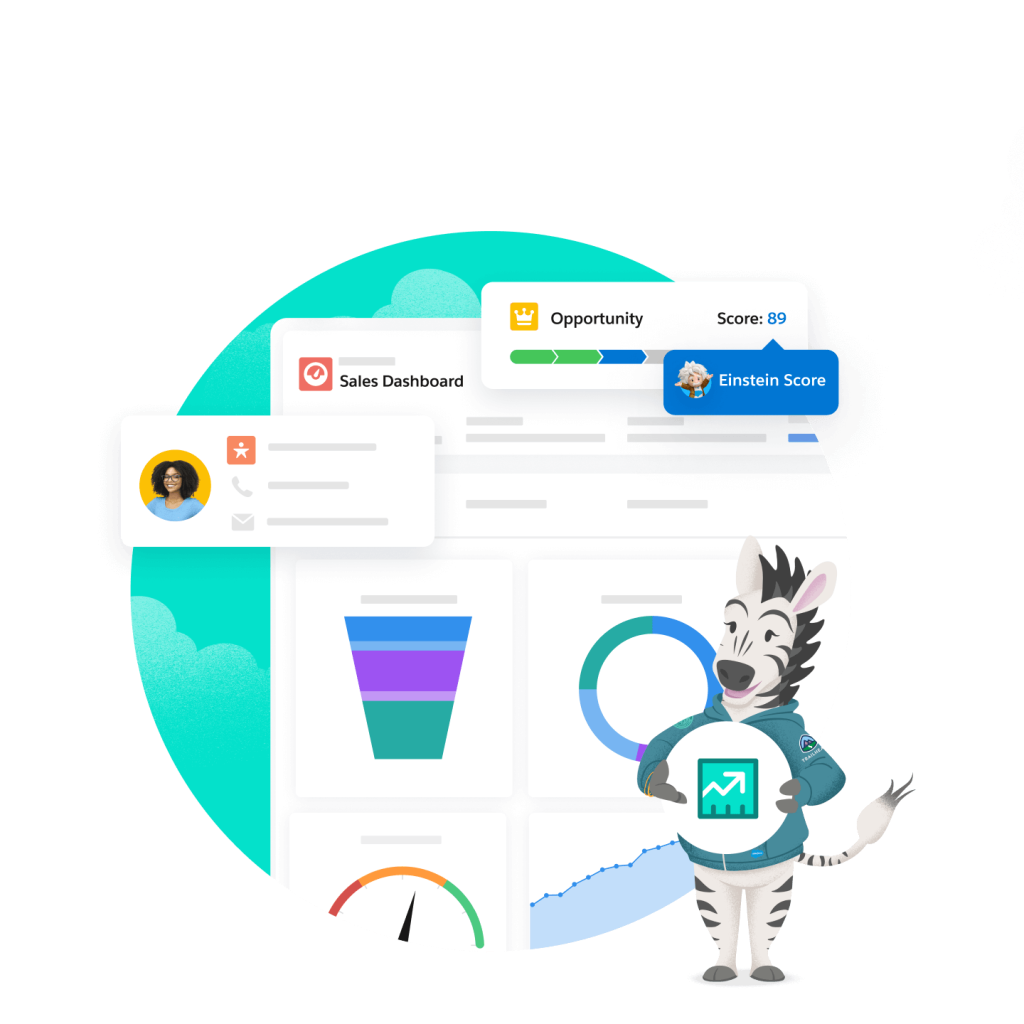
Use AI to hit your forecast every time
Spot and address pipeline gaps that threaten your forecast. Discover how with Sales Analytics from Sales Cloud.


